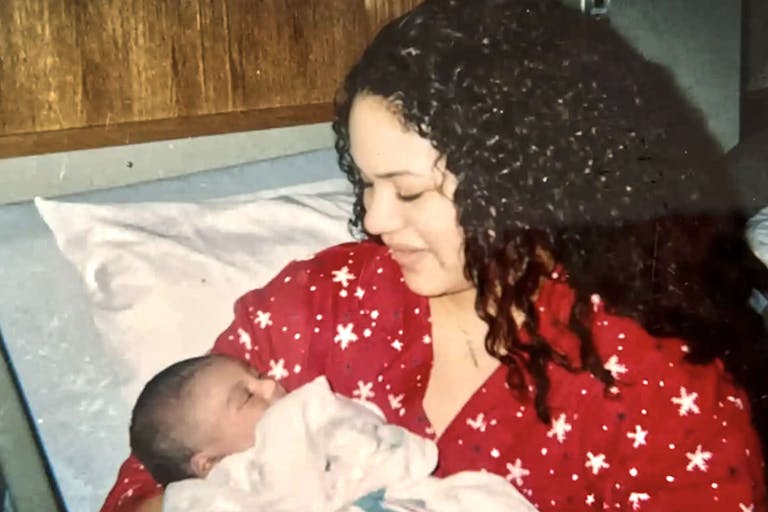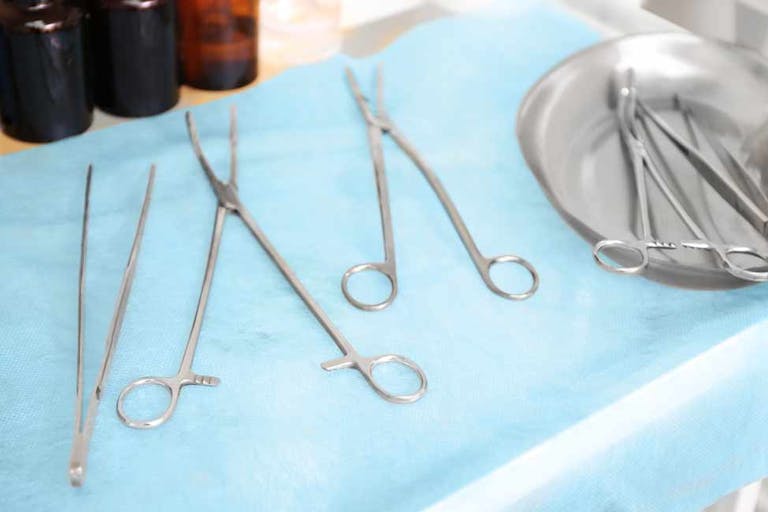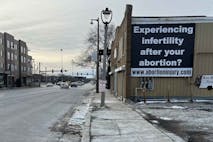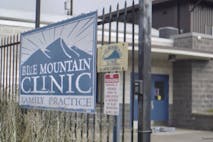
She chose life for her children, no matter what the future might hold
Melina Nicole
·
Abortion workers admit to rushing women through: ‘You can throw up in the parking lot’
In a webcast sponsored by And Then There Were None, two former abortion workers told their stories. And Then There Were None is a pro-life group that helps abortion workers leave the abortion industry. Abortion workers Noemi and Jayne described how women were rushed through their abortions. Their facilities wanted to do as many abortions as possible in order to maximize profits.
Jayne worked at a Planned Parenthood facility in Delaware. She says:
The doctor was always in a rush. He was there, he flew in, to the airport – the Planned Parenthood people, the up[per] echelon would rush to get him from the airport and drive him… he came in, and he wanted the patients to go. He wanted them on the tables, and he was trying to get them as fast as he could.
The abortionist wanted to do as many abortions as possible, then catch his flight home. He would not be available if an emergency occurred after he left. Jayne says:
There were many things that I could tell you how horrible it was … Blood on the top of tabletops with doctors rushing patients back and having patients that were rushed out, that there was no time to clean those beds in between. And the next patient then on that bloody spot from the prior patient.
In a previous Live Action article, former abortion worker Catherine Adair said something similar about her abortion facility:
One of my jobs as a medical assistant at Planned Parenthood was to clean the room in between abortions. I clearly remember how quickly we were required to work so that the doctors didn’t have to wait for the next abortion … speed was more important than being thorough. Blood spatter was often on the wall, floor and table when the next woman came in for her abortion.
Jayne says women were rushed out of the recovery room and out the door before they’d recovered from anesthesia:
[P]atients would go out the door, they would go out groggy, they would go out onto Market Street, and they would be, you know, sedate … In the hospital, we would never allow a patient go out the door like that.
The facility did this to make room for other women coming through surgery.
READ: ‘It was a mass production line:’ Women tell stories of bad abortion facilities
The abortion facility where Noemi worked was similar:
There wasn’t any quality care that was given to any of the patients. It wasn’t individualized, it was an assembly line. It was get them in, and get them out … The faster we got them in, the faster we got them out. If they were throwing up – you know, you can throw up in the parking lot, but we need that chair for somebody else.
The women were endangered in another way. Abortion workers pre-filled syringes that were used for sedation. In a reputable facility, the amount of medication given depends on the woman’s weight, her physical condition, other drugs she might be taking, and any health conditions she might have. At Noemi’s facility, all women were given the same dose:
And if they were so sedated that they couldn’t walk on their own because, you know, there are these little tiny petite women and we’re giving them a standard dose of sedation. The sedation, the syringes, they’re all pre-filled, it’s not customized for every patient based on their height, weight, history – like any other facility or provider would do. No, it was one pre–dosed syringe. We prepped the syringes for the entire week. [The abortionist] had to be ready to get everyone in and out.
In addition, the workers filling the syringes were not qualified:
[T]here was staff that weren’t qualified to prep these medications, they weren’t licensed nurses – some of them weren’t even licensed at all. They were just trained. … And they would prep these syringes, put them in a little basket, we would keep them in the back, and we would just grab them as needed. They were in ZipLock bags, labeled what they were, which was a big issue in itself because who knows quality, quantity, and you’re putting something in the wrong bag by mistake because you have to hurry up and get that next patient in. Now you could’ve given somebody the same dose twice.
Obviously, this endangered women.
Noemi goes on to say:
Honestly, one of the morbid jokes that we used to joke, that we’d say, the director and the owner would say frequently, we need to put a drive-through window on the side, so that we can get these done faster than McDonald’s.
Women’s lives and health were endangered in order to make more money, and women were treated in a way that would be unthinkable in any other kind of medical facility.
“Like” Live Action News on Facebook for more pro-life news and commentary!
Live Action News is pro-life news and commentary from a pro-life perspective.
Contact editor@liveaction.org for questions, corrections, or if you are seeking permission to reprint any Live Action News content.
Guest Articles: To submit a guest article to Live Action News, email editor@liveaction.org with an attached Word document of 800-1000 words. Please also attach any photos relevant to your submission if applicable. If your submission is accepted for publication, you will be notified within three weeks. Guest articles are not compensated (see our Open License Agreement). Thank you for your interest in Live Action News!

Melina Nicole
·
Investigative
Carole Novielli
·
Abortion Pill
Carole Novielli
·
Investigative
Carole Novielli
·
Investigative
Carole Novielli
·
Investigative
Nancy Flanders
·
Guest Column
Sarah Terzo
·
Abortion Pill
Sarah Terzo
·
Guest Column
Sarah Terzo
·
Guest Column
Sarah Terzo
·
Guest Column
Sarah Terzo
·